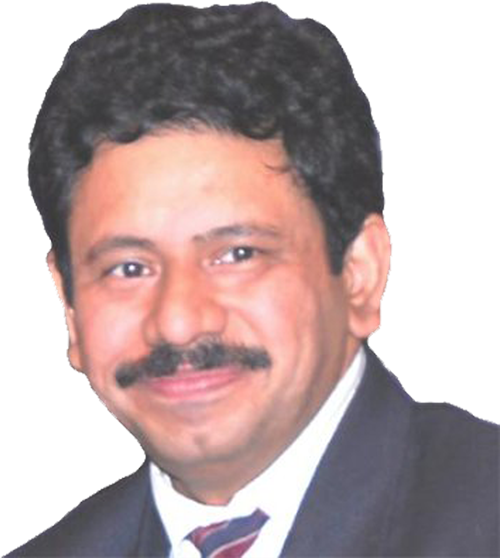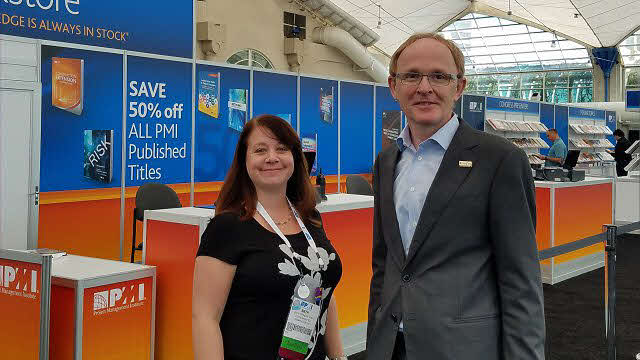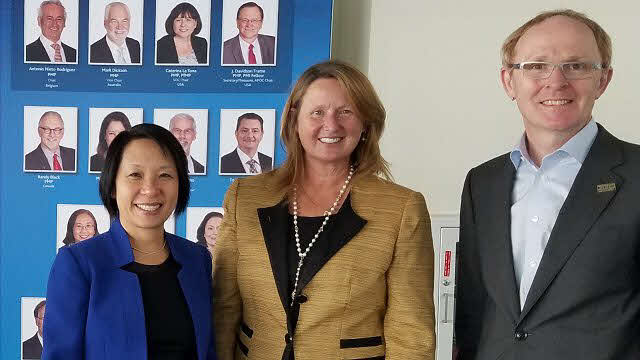Whether you are organizing a training session for your colleagues or planning to construct a huge engineering plan, project management will help you achieve what you need to do.
Project management is the way we apply knowledge and processes to work in order to complete that work in the smoothest way possible. Ultimately, we are using tools, methods, skills, techniques and the experience of the team to achieve the objectives set for the work.
Projects have a clear goal, which means we can plan how to get there and work through a structured plan to ensure that the goals are achieved.
Article Contents
- Featured Podcast: What is Project Management?
- What is Project Management?
- The History of Project Management
- Why Do People Need Project Management?
- The 5 Project Management Processes
- Project Management Methodologies
- Who Are Project Managers?
- How to be Successful at Project Management
- PM Podcast Episodes on Project Management
- Summary
Featured Podcast: What is Project Management?
Watch this episode where Cornelius Fichtner, PMP reviews the fundamentals of project management.
What is Project Management?
Project management is where business objectives are initiated, planned, executed, monitored, controlled, and delivered. When the objective is met, project management ensures the work to complete the activity is closed down efficiently so the organization can get maximum use out of the end result.
The History of Project Management
So where did the profession start? Many of the project and program approaches in use today evolved from informal practices: after all, people have always needed to get things done, even if they didn’t call them projects or have the job title of project manager.
Over time, successive innovations in the realm of project and program management have led to how we manage strategic change today.
1896
1917
1957
1958
1962
1965
1969
1989
1995
2001
2006
Why Do People Need Project Management?
The importance of project management is clear. Here are some of the reasons why project management is necessary.
-
It provides a standardized approach to completing work
-
It provides the governance required to get a quality result
-
It helps organizations prioritize their resources and efforts into what really matters
-
It reduces conflict and increases the chance of a successful result.
-
It provides a standardized approach to completing workStudies show that carrying out work in a structured way leads to a better result, and you can probably see how that works from your own experience. Strong project control delivers better quality outputs, helps you use the expertise of the team in a more efficient way and meet the needs of a variety of different stakeholders.
-
It provides the governance required to get a quality resultGovernance provides oversight and accountability by making sure leaders are able to challenge the project director and team. It also ensures there are quality metrics in place and that the team is focusing on the right things to get the best result.
-
It helps organizations prioritize their resources and efforts into what really mattersBusiness strategy is delivered through projects, so it's important your organization invests in the right ones. A mature approach to project control and delivery means business resources are spent on initiatives that drive the organization forward.
-
It reduces conflict and increases the chance of a successful resultProcesses, tools and techniques provide control and help you get where you want to be with the least amount of friction. Experienced leaders know that while you can always bend (or even break) the rules, a good understanding of project management best practices will help you get better results with less conflict. In turn, that helps manage expectations and leave stakeholders satisfied.
The 5 Project Management Processes
There are 5 project management process groups. These are:
-
Initiating
-
Planning
-
Executing
-
Monitoring and Controlling
-
Closing.
You may also hear these referred to as the 5 stages of project management. Every team guides their work through these project management steps, although the actual tasks involved may look a little different depending on the methodologies used. Below we review each of these process groups in more detail so you can see how they fit together to create a framework for delivering results.
Initiating
Planning
Executing
Monitoring / Controlling
Closing
Project Management Methodologies
There are many project management methodologies, frameworks and approaches that can be used to allow a multidisciplinary team to come together for a finite period of time to work on a shared objective.
Below are some common project management methods.
-
Agile
-
Scrum
-
Predictive
-
Hybrid
Managing a project starts long before anyone starts doing any ‘real’ work. There is a lot of planning, discussion, debate and effort that goes into eliciting requirements and making sure the project team can deliver the organization’s vision.
Projects are different from the day-to-day operations of your business because they deliver something unique and with a finite end. Even if the deliverable created by the change goes on to be used for many years, the project administration to deliver it stops once the deliverable is created.
Change initiatives therefore need a different management approach to business-as-usual work.
All methodologies share similar concepts and objectives of project management. Someone decides to do something, an individual or team works out how that work should be done, then the work is done and the effort stops. The exact tools, techniques and project management life cycle phases differ depending on the methodology in use. Choose the approach that best suits the way your team works and the culture of your organization.
Below we discuss the 4 core project management approaches in more detail. Which of these is most suitable for your next project?
Agile
Scrum
Predictive
Hybrid
Who Are Project Managers?
Project managers are people who lead projects. They are experienced in their industry and hold a range of internationally-recognized project management certifications including the Certified Associate in Project Management (CAPM)® or Project Management Professional (PMP)®. They work across every industry and vertical, supporting the delivery of organizational strategy by leading the work to make it happen.
You may also hear the team 'project leader'. As the profession matures and more companies adopt structured approaches, we are hearing that description more often. In fact, it fits better with the job role for someone who leads change. Whether you are constructing a huge oil and gas plant, improving an internal process or launching a new digital app, leadership is an essential part of making sure project work is completed effectively.
How to be Successful at Project Management
So what does it look like to be successful at leading project work? Here are the steps needed to deliver a great result every time.
- Set the goal
- Define requirements
- Create a plan
- Build the team
- Do the work
- Allow for change
- Monitor progress
- Manage risk
- Handover the result
- Close the project
It looks simple, doesn't it? Just a list of ten short tasks! However, when you start work you'll realize that everything needs to come together in harmony to ensure activities happen as expected, in the right order and with the least amount of friction. That's the skill in project management: making sure the work happens smoothly, despite the inevitable changes and challenges along the way.
Let's look now at those ten steps in more detail so you can see what's involved.
Step 1
Set the goal
Step 2
Define requirements
Step 3
Create a plan
Step 4
Build the team
Step 5
Do the work
Step 6
Allow for change
Step 7
Manage risk
Step 8
Monitor progress
Step 9
Handover the result
Step 10
Close the project
There is always something you can do better, and organizations constantly strive to improve project management maturity. You can maintain good project management by developing a learning culture. Look at the process for lessons learned or retrospectives and actively implement what comes out of those discussions.
What processes can you improve? How can you adapt your methodology to be even more effective? The answers to these questions will help improve project management performance and give you and your team every chance of success.
What are you going to learn today with our range of podcast interviews?
Project managers and leaders actually make things happen. We're the drivers behind the plan. While business journalists love to go on and on about the entrepreneurial CEOs and their breakthrough ideas, the fact is that a very smart project team led by a project manager was the true impetus behind the actual delivery or execution of those clever ideas and that is a key distinction that gets overlooked a lot of times. People just see the cool, shiny ideas but they miss the whole hardworking, sweaty backend of innovation kind of thing, the hard work that actually makes the actual product at the end of the day.

PM Podcast Episodes on Project Management
Project Scope Management: The Secret to Project Success

Developing Your Project Assumptions List

Lessons Learned Management Techniques

How to Spot the Warning Signs & Rescue a Troubled Project

Summary
Leading projects is a hugely rewarding job, with plenty of job prospects and a positive outlook for the future. As project professionals, we have the opportunity to use best practice tools and techniques to shape our environments and make a real impact through our work.
Project management is the way organizations deliver their strategic plans, big and small. It is a growing and vibrant business area, with plenty to learn and a wide variety of areas where you can specialize if you want to. We'd love to part of your journey!